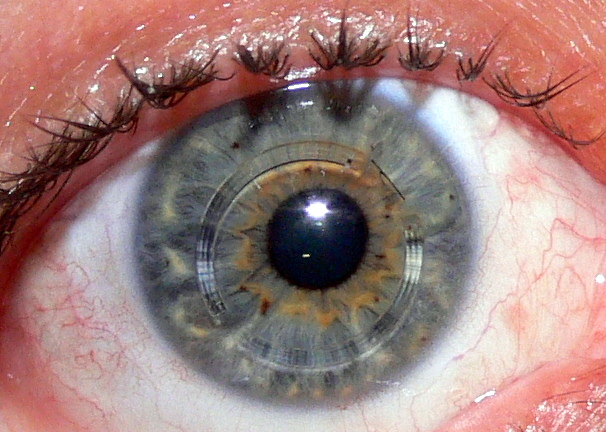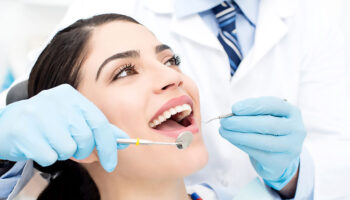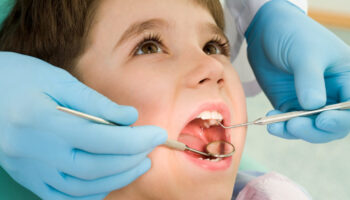Thousands of people lose their vision every year. However, when we hear big words such as Keratoconus, my questions arise. These include what it is, how to deal with it, and its effects. What is Keratoconus? This is a condition that affects the eye making the cornea to thin and bulge in cone-shape. Keratoconus presents in various ways, and there are different treatment options available.
What are the progressive signs of Keratoconus?
Keratoconus is a progressive condition that occurred gradually. It’s advisable to know the symptoms of this progressive disease. If left untreated for long, it can adversely affect your vision leading to an invasive transplant. Sadly, most people suffering from Keratoconus mistake it for a simple vision problem. It’s then advisable to always discuss your vision problems with your doctor for professional help and proper diagnosis.

The common sign of progressive Keratoconus are;
- Frequent eye rubbing
Rubbing your eyes often can be a sign of vision compilations. It can also cause Keratoconus. If you feel like rubbing your eyes frequently, discuss this with a health professional. They will prescribe eye drops to ease the discomfort. Keratoconus treatment san Antonio involves the use of different contact lenses. So, the doctor may prescribe contacts if you have early signs of Keratoconus.
- Decreased night vision
A decrease in night vision is one of the common and noticeable signs of Keratoconus. If you have blurred night vision or have issues reading road signs at night, it’s time to have your eyes examined. You may also notice increasing glares around street lights, which may be an early sign of Keratoconus.
- Regular prescription changes
If you suffer from common eye problems, the doctor will prescribe medicines to resolve the issue. But, if your prescription keeps on changing, Keratoconus could be the problem. Talk to your doctor, explore the reason for the changes, and get examined for early signs of Keratoconus.
- What are the treatment options?
Most people correct their vision excellently with contact lenses, but a small percentage necessitates additional medical attention. Some even go for transplants, and this depends on the severity of the case. The two main types of corneal transplants are;
- Full-thickness corneal transplant
- Partial-thickness corneal transplant.
However, there are numerous advancements in Keratoconus treatment, and a corneal transplant isn’t mandatory. There are alternative treatments that help avid transplants; these are
Holcomb C3-R ® (Corneal Collagen Crosslinking)
The treatment uses a special eye drop solution containing a natural vitamin and Riboflavin. It’s administered to the eye via Ultraviolet lights. The UV light activates the eye drop solution to create stronger collagen in the corner. After a few months, the vitamin penetrates the corneal fibers resulting in a healthier cornea.
INTACS
These are tiny implants placed in the layers of the cornea. They support and help in reshaping the cornea. What’s more? They also reduce the bulging, which minimizes vision distortion. The treatment option is associated with minimal pain and quick recovery.
Final thoughts
There are various signs and symptoms of a Keratoconus disease. If you suffer from the signs mentioned above, talk to an eye care expert and have your eyes examined for any possible issues. Discuss with your doctor and the best ways to prevent Keratoconus, the treatment options, and where to get early treatment if suffering from Keratoconus.



